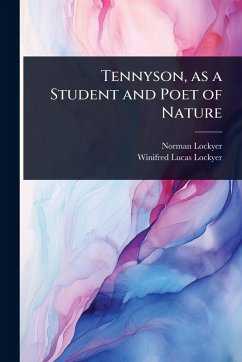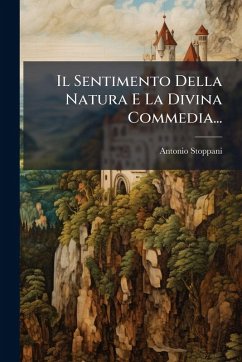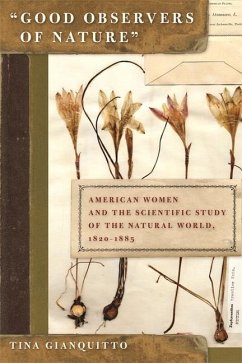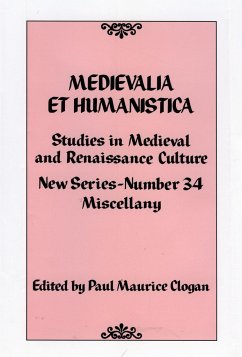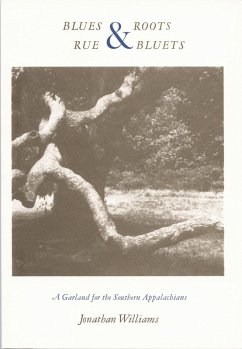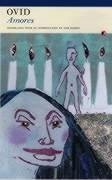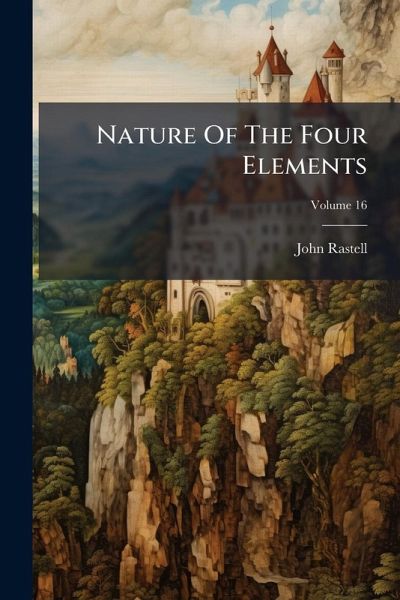
Nature Of The Four Elements

PAYBACK Punkte
9 °P sammeln!
Nature Of The Four Elements, by John Rastell, offers a fascinating glimpse into early 16th-century understandings of the natural world. This volume, dating from approximately 1510-20, explores the classical concept of the four elements - earth, water, air, and fire - which were foundational to medieval and Renaissance science and philosophy. Rastell's work provides valuable insights into the period's beliefs about the composition of matter, the interplay of natural forces, and the relationship between the cosmos and humanity. Scholars and enthusiasts of medieval literature, Renaissance history...
Nature Of The Four Elements, by John Rastell, offers a fascinating glimpse into early 16th-century understandings of the natural world. This volume, dating from approximately 1510-20, explores the classical concept of the four elements - earth, water, air, and fire - which were foundational to medieval and Renaissance science and philosophy. Rastell's work provides valuable insights into the period's beliefs about the composition of matter, the interplay of natural forces, and the relationship between the cosmos and humanity. Scholars and enthusiasts of medieval literature, Renaissance history, and the history of science will find this a compelling primary source, illuminating the intellectual landscape of a pivotal era. This work has been selected by scholars as being culturally important, and is part of the knowledge base of civilization as we know it. This work was reproduced from the original artifact, and remains as true to the original work as possible. Therefore, you will see the original copyright references, library stamps (as most of these works have been housed in our most important libraries around the world), and other notations in the work. This work is in the public domain in the United States of America, and possibly other nations. Within the United States, you may freely copy and distribute this work, as no entity (individual or corporate) has a copyright on the body of the work. As a reproduction of a historical artifact, this work may contain missing or blurred pages, poor pictures, errant marks, etc. Scholars believe, and we concur, that this work is important enough to be preserved, reproduced, and made generally available to the public. We appreciate your support of the preservation process, and thank you for being an important part of keeping this knowledge alive and relevant.



